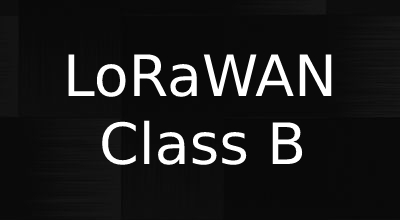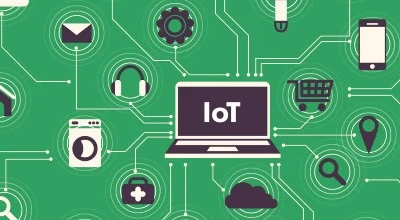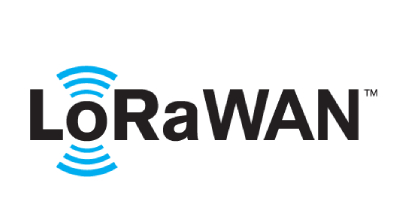
How does LoRaWAN data transmission work?
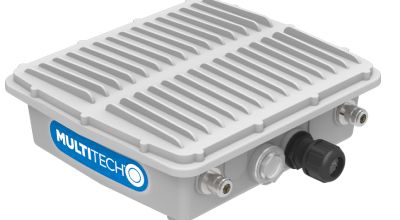
LoRaWAN (Long Range Wide Area Network) is a communication protocol designed for low-power, long-range wireless networking in the Internet of Things (IoT). It is based on the physical layer LoRa (Long Range) technology, which uses low-frequency radio waves to transmit data over long distances with minimal power consumption. LoRaWAN is a media access control (MAC) layer protocol that sits on top of the LoRa physical layer, providing a set of rules for how devices can access the network and transmit data.
One of the main features of LoRaWAN is its ability to transmit data over long distances with low power consumption. This makes it ideal for use in IoT applications where devices are often battery-powered and need to operate for long periods of time without the need for frequent battery replacements. LoRaWAN also has a high tolerance to interference, making it suitable for use in urban environments where there is a high level of radio frequency (RF) noise.
There are several key components to the LoRaWAN protocol that enable data transmission. These include:
- LoRa Gateway: This is a device that connects the LoRaWAN network to the Internet. It receives data from LoRa devices and sends it to the network server, which then routes the data to the appropriate destination. The gateway also transmits data from the network server to the LoRa devices.
- LoRa Device: This is a device that is equipped with a LoRa transceiver and is capable of transmitting and receiving data over the LoRaWAN network. LoRa devices can be either Class A or Class C. Class A devices are designed for low power consumption and are typically used for applications where devices need to sleep most of the time to conserve energy. Class C devices are designed for continuous communication and are typically used in applications where devices need to be constantly connected to the network.
- Network Server: This is a central server that coordinates communication between the LoRa gateway and the LoRa devices. It receives data from the gateway and routes it to the appropriate destination, and it also transmits data from the destination to the gateway for transmission to the LoRa devices.
- Application Server: This is a server that stores and processes data received from the LoRaWAN network. It can be used to collect and analyze data from multiple LoRa devices, as well as to trigger events based on the data received.

LoRaWAN data transmission is based on a star topology, where the LoRa devices communicate with the LoRa gateway, and the gateway communicates with the network server. The LoRa gateway acts as a hub, receiving data from the LoRa devices and transmitting it to the network server, which then routes the data to the appropriate destination.
One of the key features of LoRaWAN is its ability to transmit data over long distances. This is made possible by the use of low-frequency radio waves, which can travel longer distances than higher frequency waves. The range of a LoRaWAN network depends on the specific frequency band being used, the power output of the LoRa devices, and the presence of obstacles such as buildings or trees. In general, LoRaWAN networks can transmit data over distances of up to 15 km in rural areas and up to 2 km in urban areas.
LoRaWAN also has a high tolerance to interference, which makes it suitable for use in urban environments where there is a high level of RF noise. The LoRa physical layer uses spread spectrum technology, which spreads the data signal over a wide frequency band. This makes it more resistant to interference, as the signal is less likely to be affected by noise on a specific frequency.
Lora Bit Packing
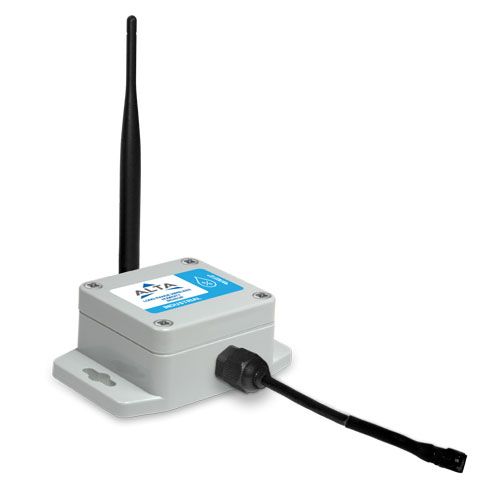
Bit packing is a technique used to store multiple data values in a single data structure, such as an array or a bit field, by storing each value in a contiguous series of bits within the data structure. This can be an efficient way to store and transmit data, particularly in low-bandwidth or resource-constrained environments like Internet of Things (IoT) devices.
In the context of LoRaWAN (a protocol for low-range wireless communication used in IoT networks), bit packing can be used to optimize the use of available bandwidth and reduce the amount of data transmitted over the air. In this article, we will discuss some best practices for using bit packing in LoRaWAN applications.
- Use bit packing to reduce the size of transmitted data: One of the main advantages of bit packing is that it allows you to store multiple values in a single data structure, which can significantly reduce the size of transmitted data. For example, instead of transmitting four separate 8-bit values, you can pack them into a single 32-bit value, reducing the transmitted data by 50%. This can be particularly useful in LoRaWAN, where bandwidth is limited and every bit counts.
- Use fixed-size data types: When bit packing, it is important to use fixed-size data types, such as uint8_t, uint16_t, or uint32_t, to ensure that the packed data has a consistent size and can be easily unpacked on the receiving end. This is particularly important in LoRaWAN, where data is transmitted over long distances and may be subject to interference or errors.
- Use bit masks to extract individual values: To extract individual values from a packed data structure, you can use bit masks and bit shifting. For example, if you have packed four 8-bit values into a 32-bit value, you can use a bit mask to extract the first value, shift the remaining bits to the right, and then use another bit mask to extract the second value. This process can be repeated until all values have been extracted.
- Use structs to organize packed data: When working with large or complex data structures, it can be helpful to use structs to organize the packed data. Structs allow you to define the layout of the data in a logical and easy-to-read way, making it easier to understand and maintain the code.
- Use appropriate packing algorithms: There are several different algorithms that can be used to pack data, and the best one for your application will depend on the specific requirements of your system. Some popular algorithms include the "Delta" algorithm, which packs consecutive integer values by only transmitting the differences between them, and the "Run Length Encoding" (RLE) algorithm, which packs data by only transmitting the number of consecutive identical values.
In conclusion, bit packing is a powerful technique for optimizing the use of bandwidth and reducing the amount of data transmitted in LoRaWAN applications. By following the best practices outlined above, you can effectively use bit packing to reduce the size of transmitted data and improve the efficiency of your system.
How does Lora Modulation and Demodulation work?
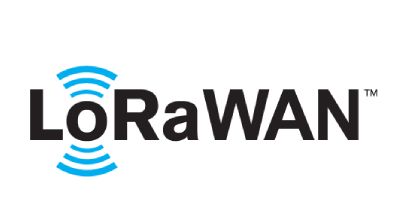
LoRa (short for Long Range) is a wireless communication technology that uses a specific type of modulation called Chirp Spread Spectrum (CSS) to transmit data over long distances.
In the LoRa modulation process, the data to be transmitted is first converted into a digital signal using pulse-code modulation (PCM). The PCM signal is then spread across a wide frequency range using a chirp waveform, which is a signal that sweeps across a frequency band over a certain period of time. This spread-spectrum signal is then transmitted over the air using a low-power, long-range radio frequency (RF) transmitter.
On the receiving end, the LoRa demodulation process is used to recover the original data from the received spread-spectrum signal. This process involves converting the received signal back into a digital signal using pulse-code demodulation (PCDM) and then applying error correction techniques to ensure that the recovered data is as accurate as possible.
What is the data transfer rate with LoRaWAN?
The data transfer rate of a LoRaWAN (Long Range Wide Area Network) system depends on a number of factors, including the frequency band being used, the spreading factor (SF) used in the LoRa modulation, the channel bandwidth, and the error correction code rate.
In general, LoRaWAN systems operate in the unlicensed ISM (Industrial, Scientific, and Medical) bands at frequencies ranging from 868 MHz to 915 MHz, depending on the region. Within these bands, LoRaWAN uses a range of spreading factors (SF7 to SF12) to control the data rate and the range of the communication. A higher spreading factor results in a lower data rate but a longer range, while a lower spreading factor results in a higher data rate but a shorter range.
The channel bandwidth also plays a role in the data rate of a LoRaWAN system. LoRaWAN supports several channel bandwidths, including 125 kHz, 250 kHz, and 500 kHz, with the 125 kHz bandwidth providing the lowest data rate and the 500 kHz bandwidth providing the highest data rate.
Finally, the error correction code rate (ECC) used in the system can also affect the data rate. LoRaWAN supports several ECC rates, including 4/5, 4/6, 4/7, and 4/8, with the 4/8 rate providing the highest level of error correction but the lowest data rate.
